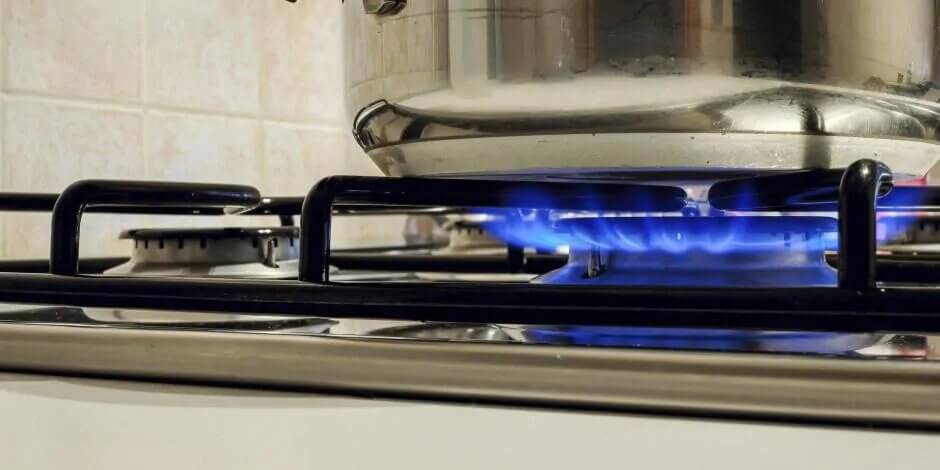

Here at the Clark household we recently had a debate about running the kitchen exhaust fan while cooking. Chef Haley (my wife) hates the sound of the fan so she prefers not to run it. But the smell of the gas range burning has me concerned about carbon monoxide poisoning.
We have a carbon monoxide (CO) alarm that never goes off, so you might ask why I’m concerned. Here’s why: The CO alarm was not good enough quality for me to be 100 percent satisfied we weren’t getting low-level CO exposure. CO alarms only detect sudden and deadly levels of CO, not low and ongoing levels that create significant health risks in a home.
THE HEALTH RISKS OF LOW-LEVEL CARBON MONOXIDE EXPOSURE
CO enters the body just like oxygen but once it is in our bloodstream it attaches to our hemoglobin and prevents us from processing oxygen. Death from CO poisoning is essentially suffocating from lack of oxygen. Long-term exposure, on the other hand, leads to fatigue, muscle weakness, and even depression. Low-level CO sickness can make you sleepy, and prolonged low-level exposure can lead to flu-like symptoms. These symptoms are often misdiagnosed as chronic fatigue syndrome.
One Kentucky hospital reported that patients coming into the emergency room with flu-like symptoms were given blood tests, and about 25 percent were found to have CO poisoning.
So in my opinion any CO exposure is a bad thing. I mean, how much poison is acceptable to you? With all this in mind, I conducted a few experiments in our kitchen.
First, I needed the right type of equipment to monitor CO levels.
CARBON MONOXIDE ALARMS VS. CARBON MONOXIDE DETECTORS
In the late 1990s manufacturers changed the definition of a CO detector to CO alarm because technically most don’t detect. They only sound an alarm if deadly levels are present for an extended period of time. At least one major brand only alarms after 30 days of high CO levels. That would be like a smoke alarm only going off after your house was burned to the ground.
CO levels are measured in parts per million, or PPM, and according to the EPA we start getting low-level CO sickness at 10 PPM. Most alarms do not go off until they reach 70 PPM.
For my home monitoring experiment, I bought a very sensitive CO meter and set it up in our kitchen. CO has the same approximate weight as our air, so it does not rise or fall. I placed my meter on the kitchen counter about 10 feet away from our gas range. I started by verifying that there was no CO present in the house prior to turning on the range.
Next I cooked a pot of my famous chili, which requires about 30 minutes of burner runtime on high and about an hour of burner runtime on low. My CO meter quickly jumped to 17 PPM and stayed there the entire time the range was burning. It took 4 hours for the meter to show no signs of CO in our kitchen once the burner was turned off.
Remember, this was a test with just one burner burning and most of its time was all the way down on low flame. Since only 10 PPM is enough to make us sick, 17 PPM for 5-6 hours is more exposure than I want – especially for my young kids.
After running the test with multiple burners for an extended period of time I saw results as high as 50 PPM. Considering my brand new, high-efficiency range was putting off this high CO level, I started thinking about all my customers out there. Many of them have older ranges and are cooking big meals this holiday season. The CO poisoning risks are significant!
With cold weather coming we are all buttoning up our houses. If you are concerned about your family’s indoor air quality we can install a low-level CO monitor with digital display for only $259. Oh, and make sure you run that range exhaust.
Contact Synergy Home today at 859-687-0553 or request service online for information on these or any other HVAC concerns.